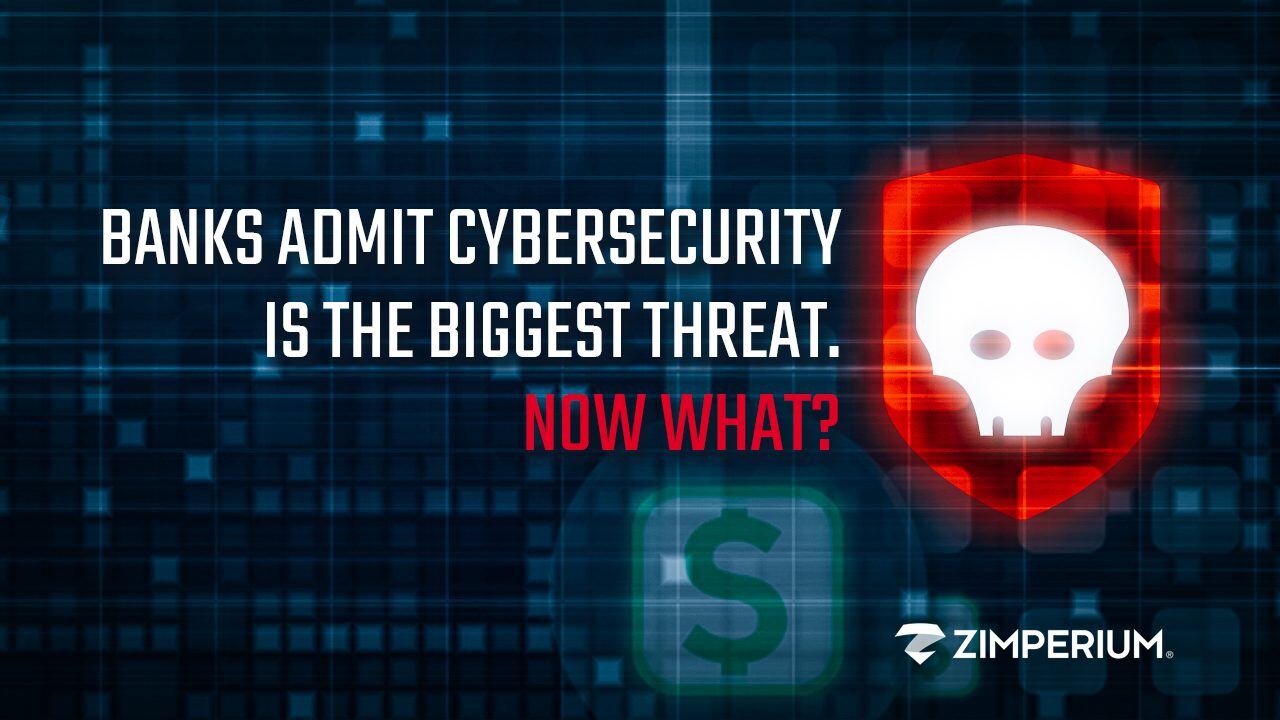The Critical Role of Supply Chain Resilience in Today's Digital Landscape
Today more than ever, operational resilience is not just about defending against cyber attacks—it’s about ensuring every component of your digital supply chain functions smoothly and is managed flawlessly. A recent incident involving CrowdStrike underscores this reality.
CrowdStrike’s update, intended to be a routine enhancement, unexpectedly conflicted with Windows, causing significant disruptions. CEO George Kurtz explained on the “TODAY” show that while some systems would be automatically corrected, others would need manual intervention. This situation serves as a stark reminder of the intricate dependencies within our technological ecosystems.
While not a cyber attack, this event highlights the critical need for robust supply chain management. Every update, every piece of code, and every integration point can potentially become a single point of failure if not meticulously managed. Businesses must recognize that operational resilience extends beyond cybersecurity; it encompasses the entire supply chain, ensuring that even routine updates do not disrupt operations.
To build a resilient supply chain, organizations should:
- Implement Rigorous Testing Protocols: Ensure that all updates and integrations undergo extensive testing in diverse environments to identify and mitigate potential conflicts.
- Develop Contingency Plans: Prepare for scenarios where updates might fail, including clear communication strategies and manual intervention protocols to swiftly address any issues.
- Foster Strong Vendor Relationships: Work closely with vendors to ensure transparency and quick resolution of any problems that arise, reinforcing a collaborative approach to maintaining operational continuity.
- Regularly Review and Update Processes: Continuously assess and refine your supply chain processes to adapt to new challenges and technologies, keeping resilience at the forefront.
The recent CrowdStrike incident is a powerful reminder that operational resilience is a multifaceted endeavor. By prioritizing supply chain resilience, businesses can better navigate the complexities of today’s digital landscape, ensuring that even routine updates do not compromise their operations.
